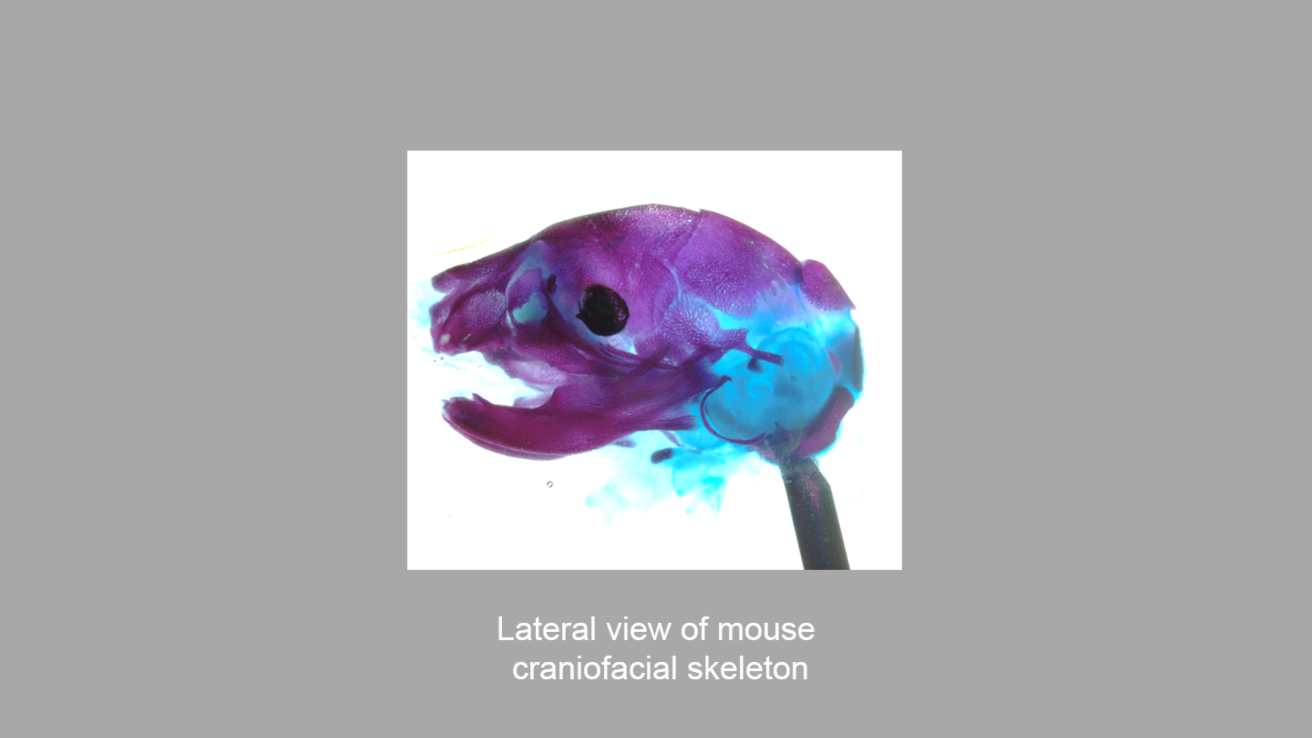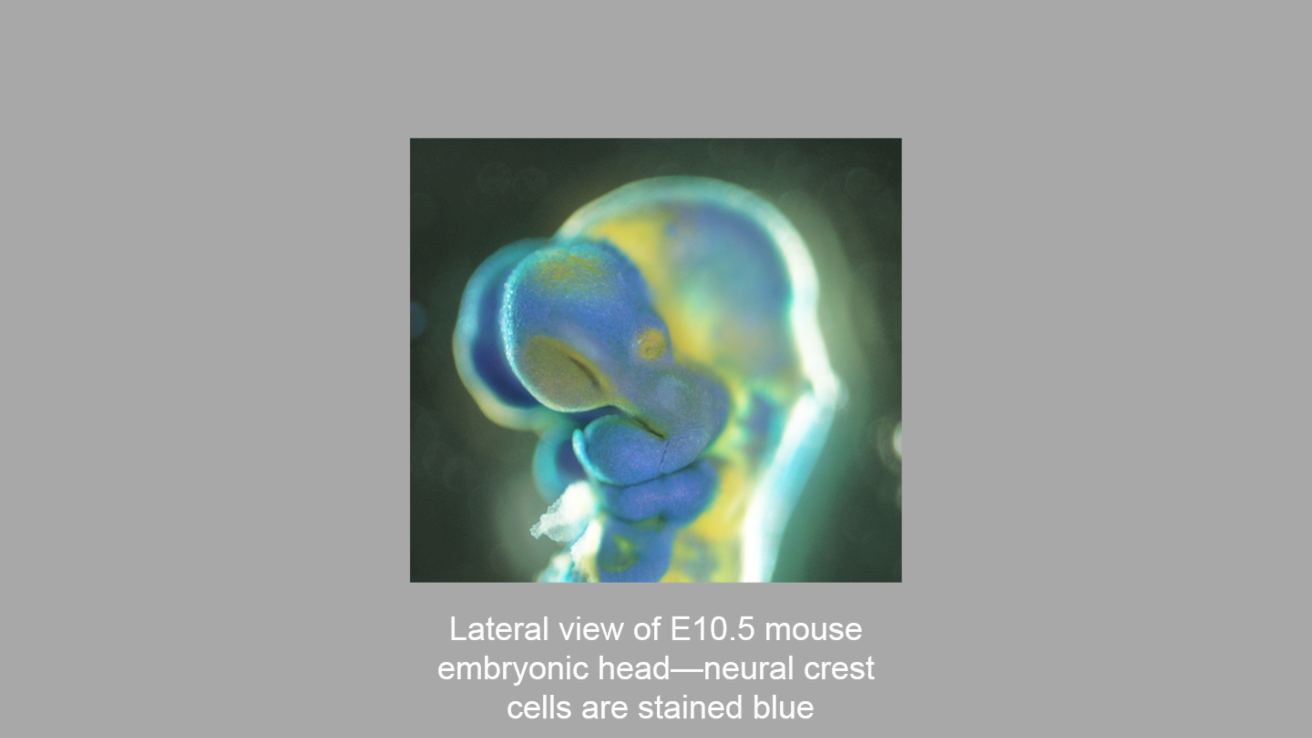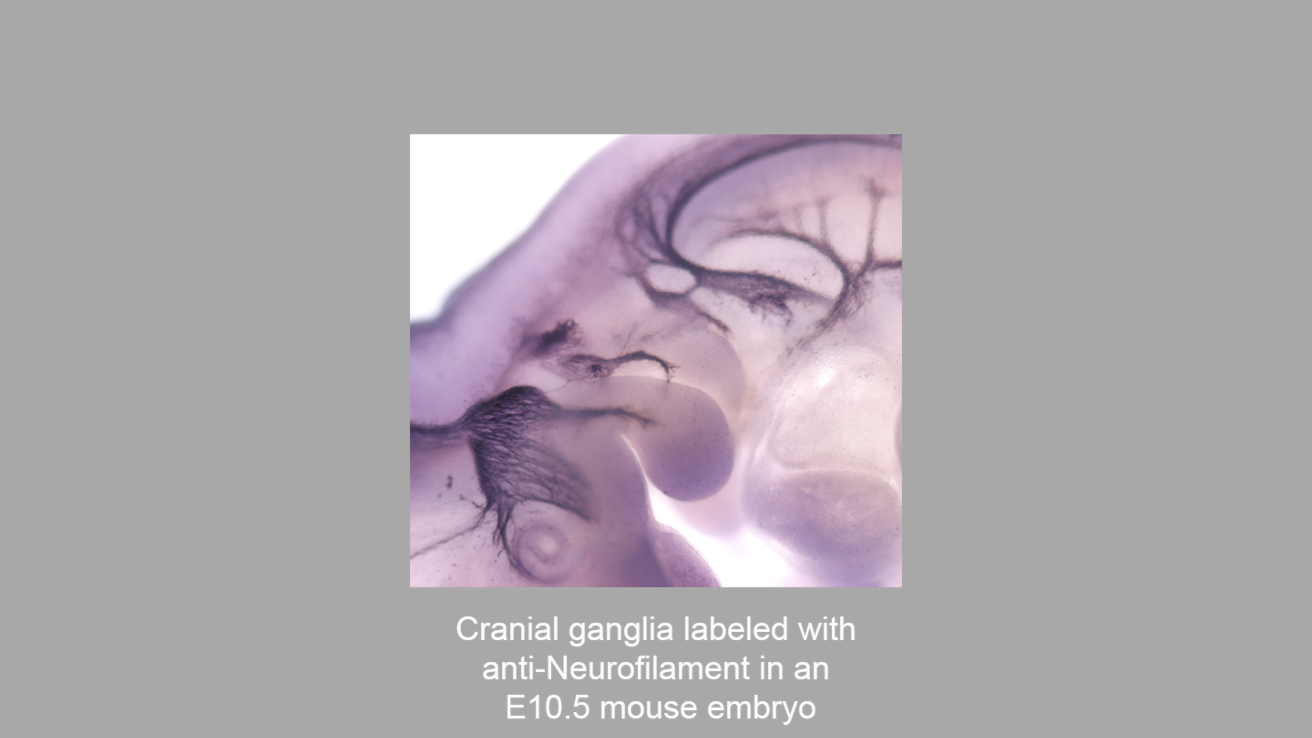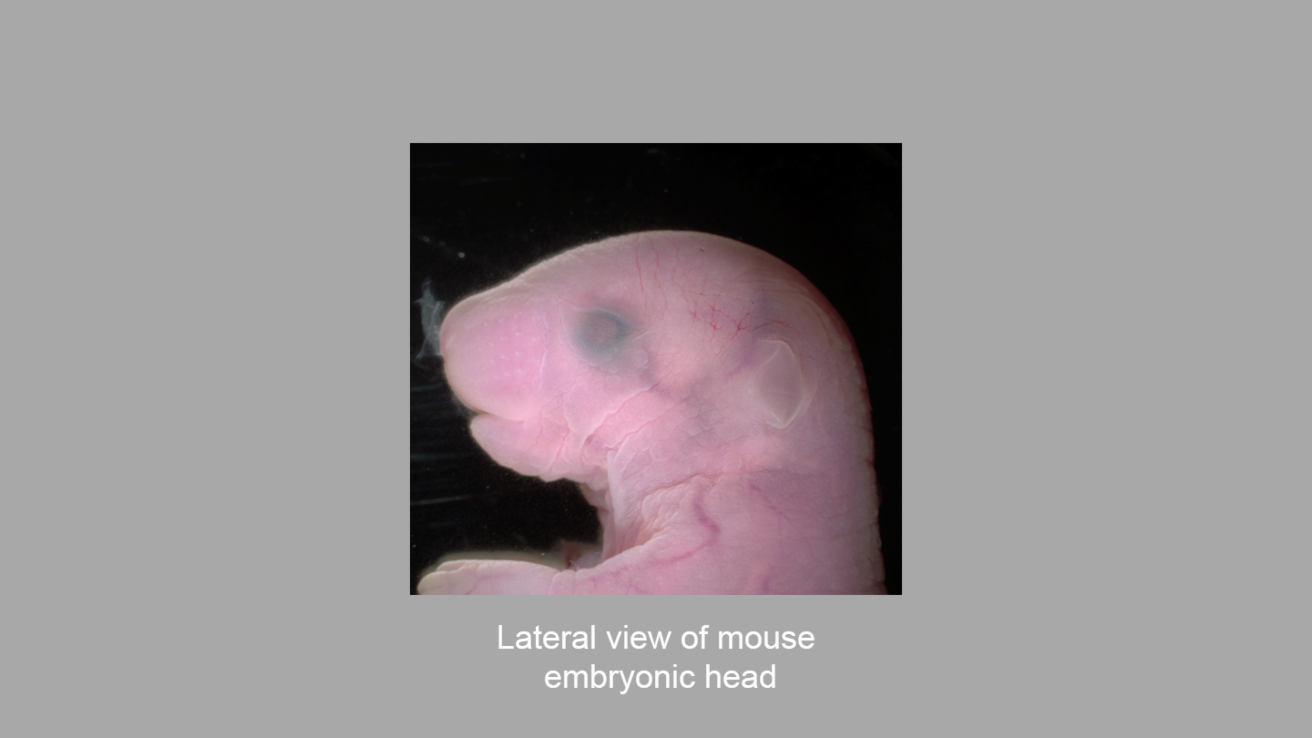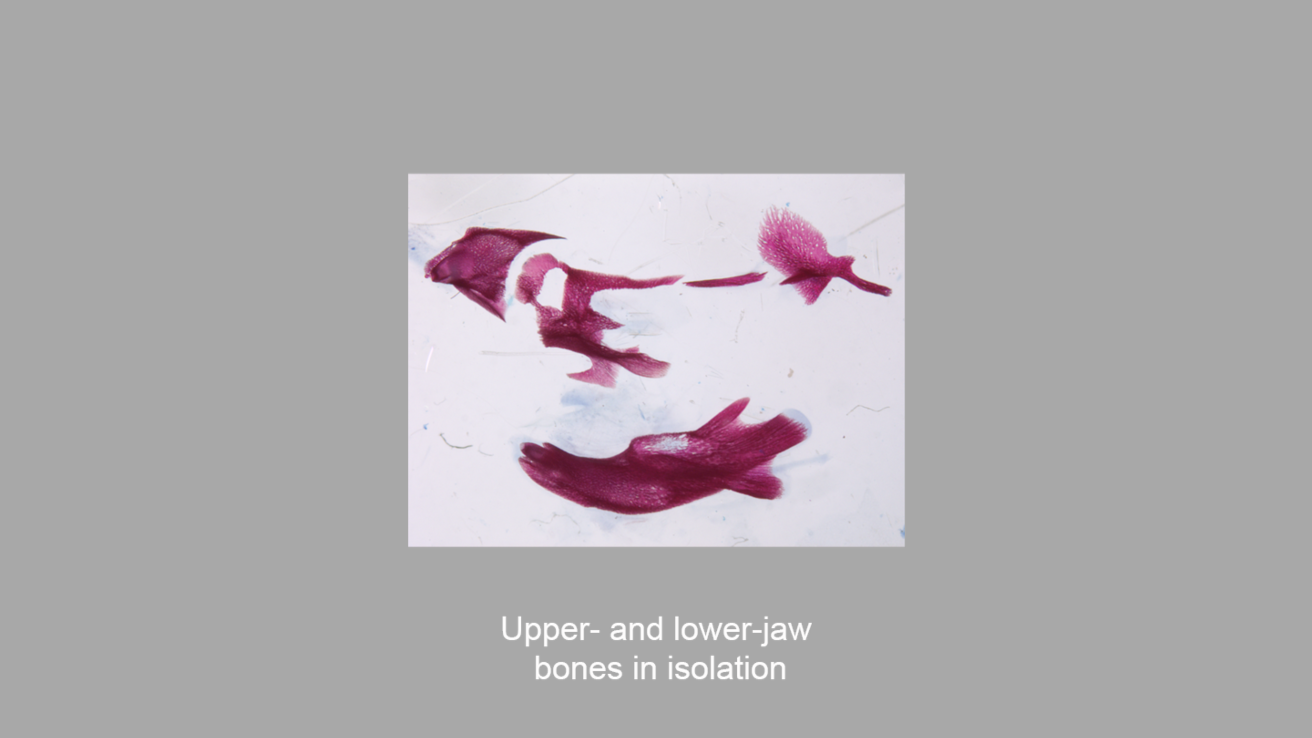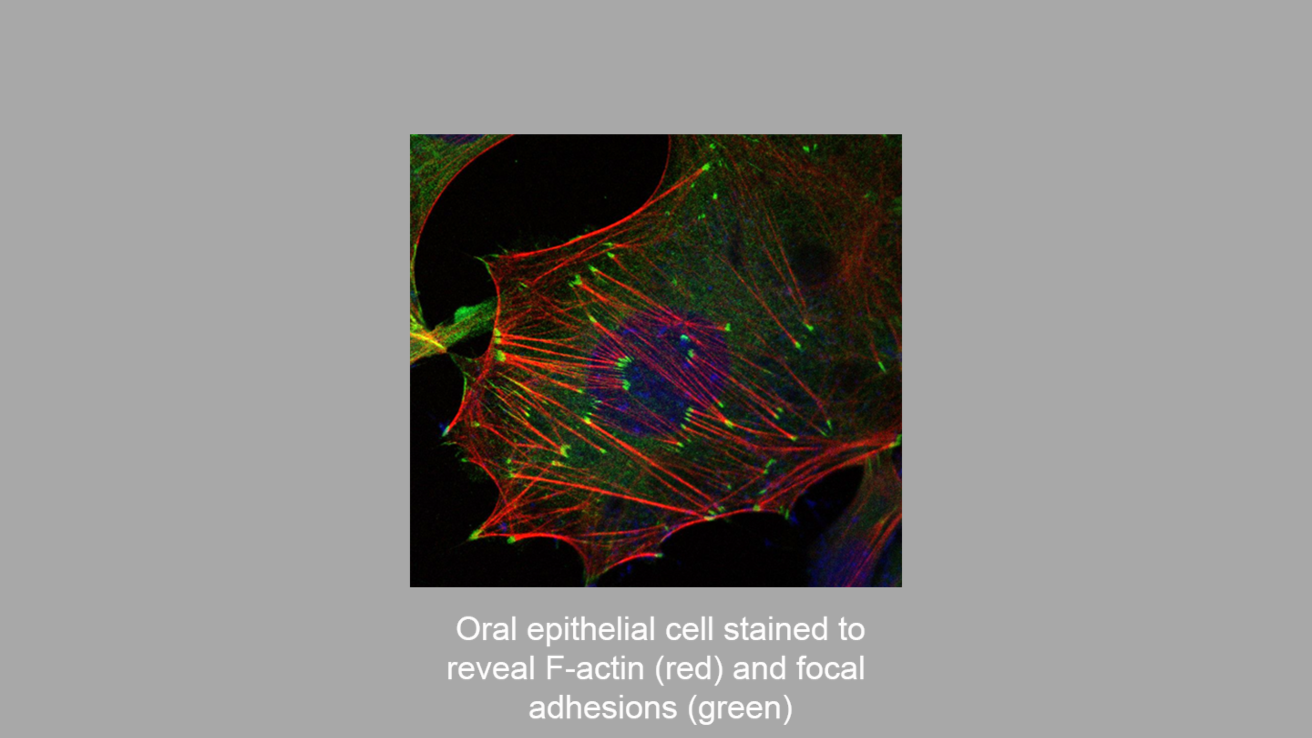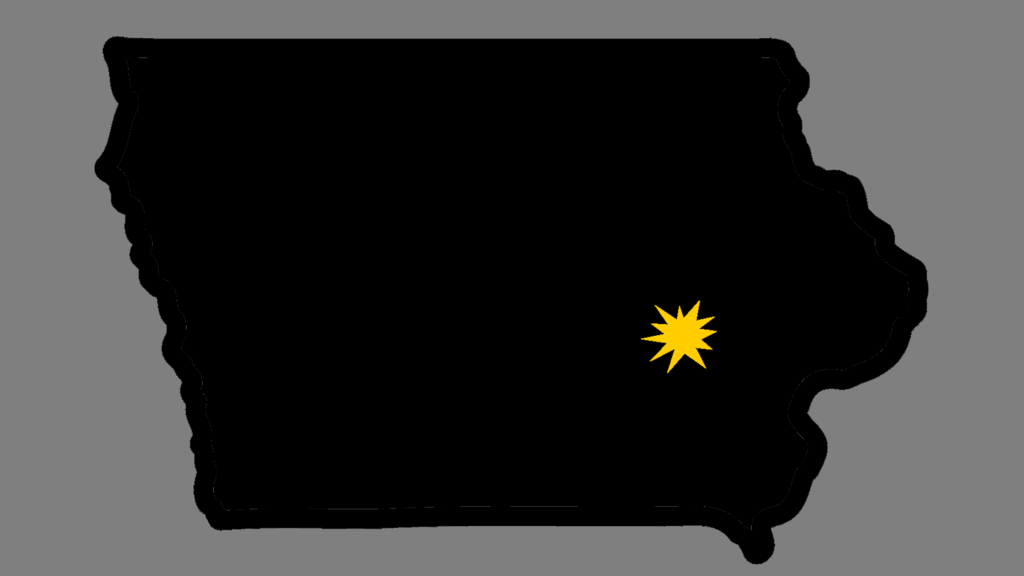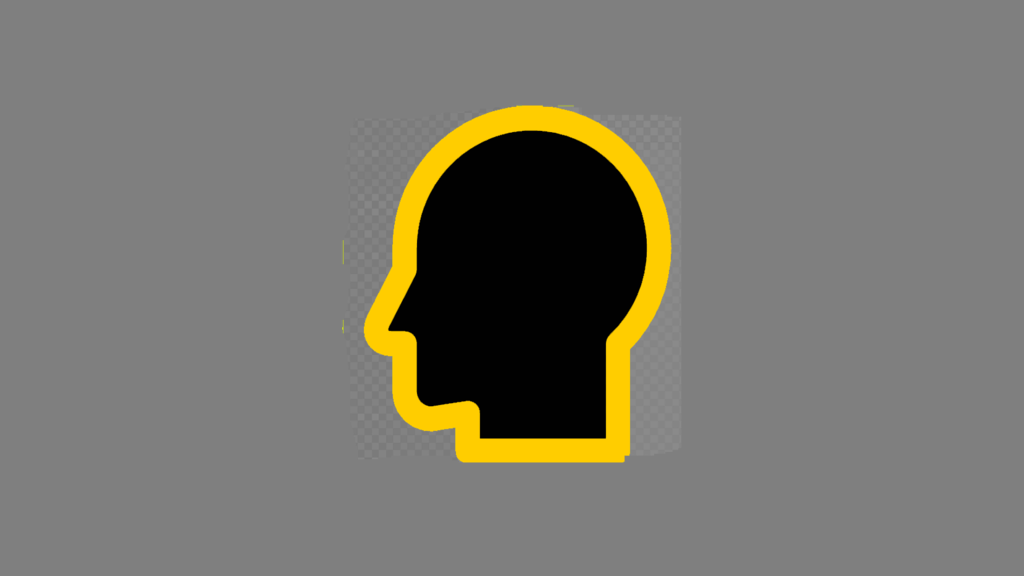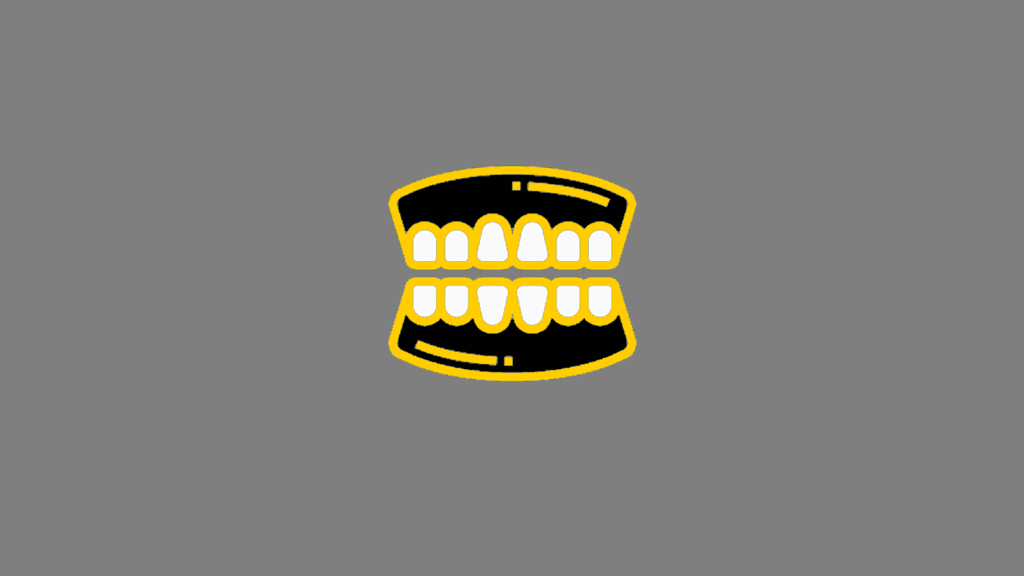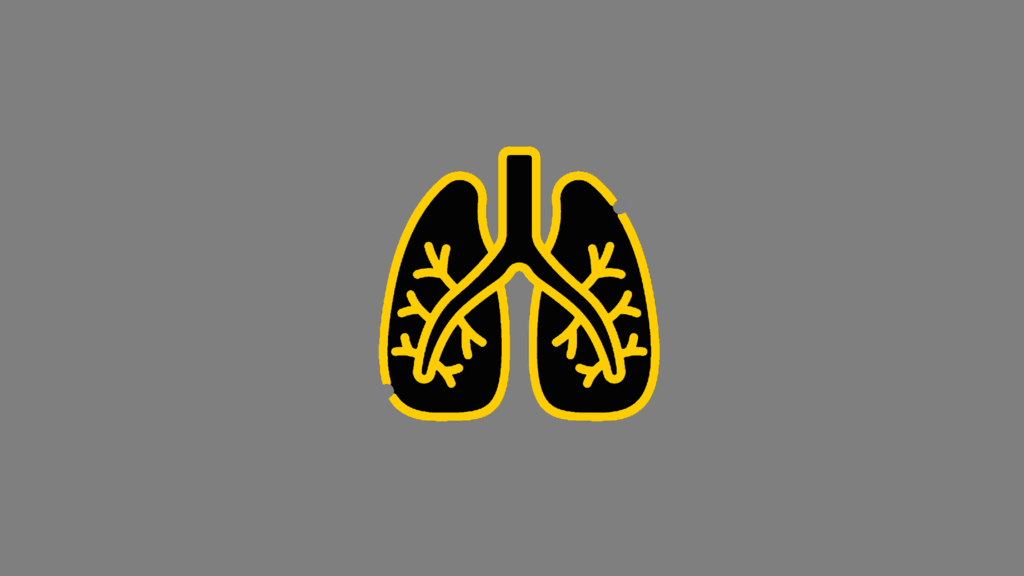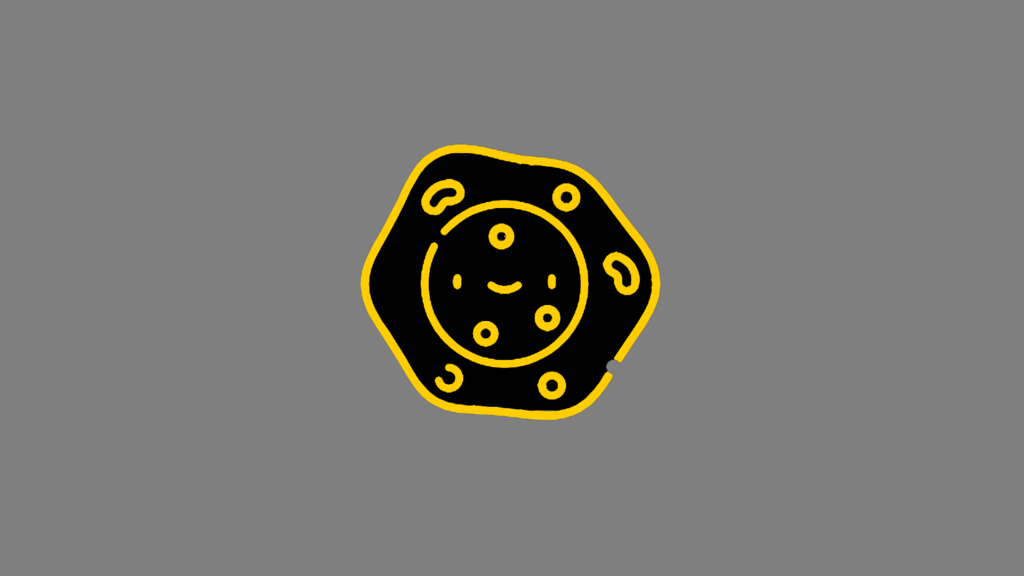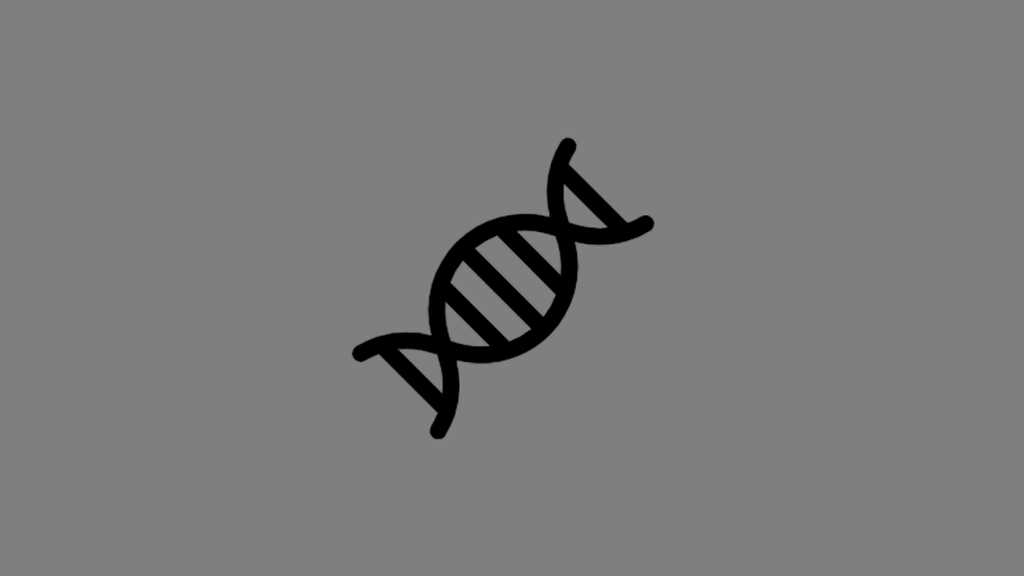Welcome to the VAN OTTERLOO LAB


Pictures from the lab...

General information relevant to the lab's research
Overall Van Otterloo laboratory objective:
Can you imagine trying to prevent, diagnose, and/or fix the breakdown of a complicated machine (e.g. car engine) without fully understanding how each part was assembled, placed, & functions? Likewise, our DNA encodes the information (e.g. through genes and their products) needed to assemble and properly place (e.g. non-coding regulatory elements) the building blocks needed for the intricate process of fetal development.
Our overall goal is to use animal models (which share an incredible similarity in their DNA code to humans) in deciphering how genes—and their encoded proteins—regulate human embryogenesis (focusing on cranio- and orofacial structures) & how these mechanisms are dysregulated in human developmental disorders.
Why do we study human embryonic development? 3 quick facts on human birth defects:
Birth defects impact ~3% of all infants born.
Of these birth defects, ~75%, affect the head and oral cavity.
Despite this prevalence, our current understanding of these defects is incomplete.
I am potentially interested in joining the lab, who should I contact?
Great question! Although positions are not always readily available, we are excited in your interest and would love to hear from you!

